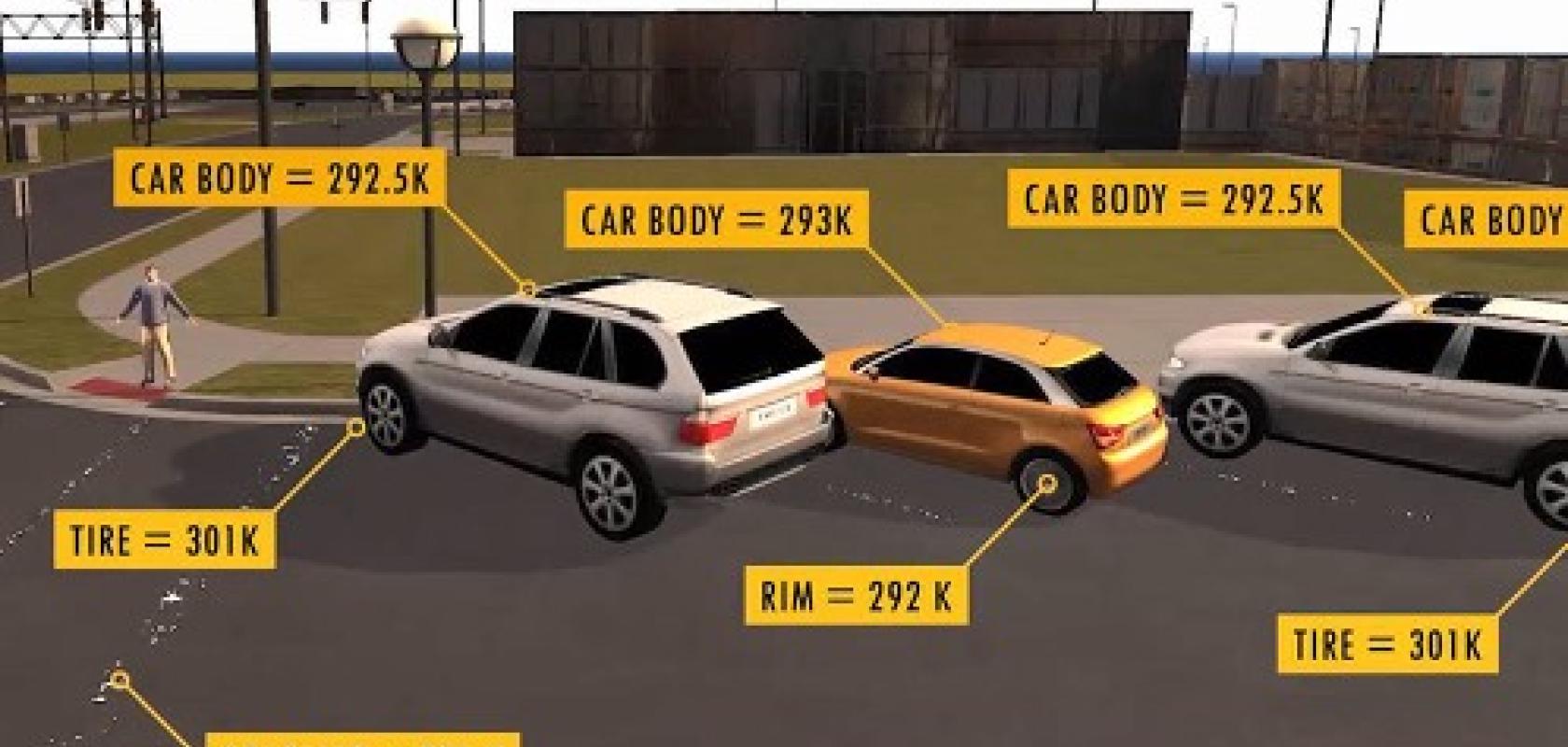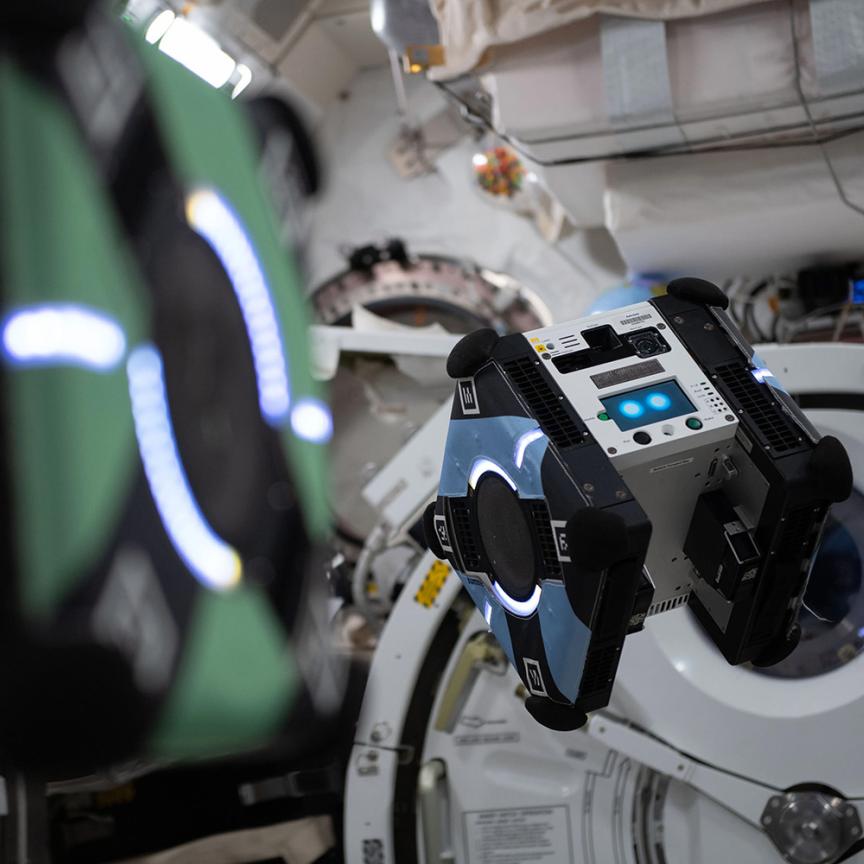Flir Systems and Ansys have collaborated to add a thermal imaging dataset to Ansys’s driving simulator for engineers building autonomous vehicles.
The Flir thermal dataset programs were created for machine learning in advanced driver assistance development, automatic emergency braking (AEB), and autonomous vehicle systems.
The solution will reduce original equipment manufacturers’ development time by optimising thermal camera placement in a virtual environment.
The current autonomous vehicle sensors face challenges in darkness or shadows, sun glare and inclement weather such as fog. Thermal cameras, however, can detect and classify objects in these conditions. Integrating Flir’s thermal sensor into Ansys Vrxperience enables simulation of thousands of driving scenarios across millions of miles.
Furthermore, engineers can simulate difficult-to-produce scenarios where thermal provides critical data, including detecting pedestrians in crowded, low-contrast environments.
Flir has provided 700,000 thermal sensors as part of its night vision warning systems for a variety of carmakers, including GM, Audi and Mercedes-Benz.
Also, Flir recently announced that its thermal sensor has been selected by Veoneer, a tier-one automotive supplier, for its level-four autonomous vehicle production contract with a top global automaker, planned for 2021.
Flir Systems’ thermal-enhanced demonstration car, along with other Flir products, will be on display at the Flir booth during the 2020 Consumer Electronics Show in Las Vegas, USA from 6 to 10 January.


